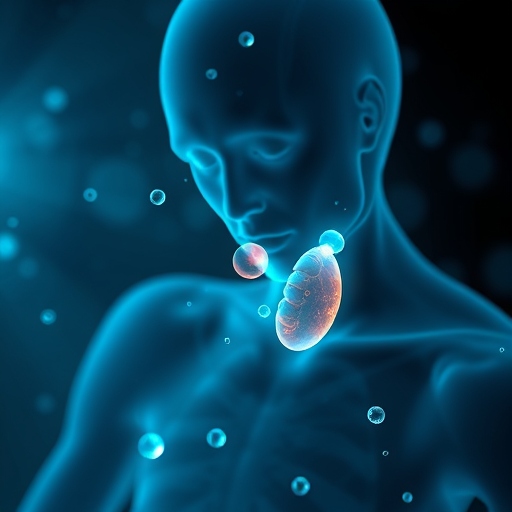Shigellosis |Symptoms of Shigellosis
Introduction Shigellosis is an acute infectious disease caused by a group of bacteria known as Shigella. It primarily affects the intestines, leading to severe diarrhea, abdominal cramps, fever, and other systemic symptoms. Despite advancements in public health and sanitation, shigellosis remains a significant global health challenge, particularly in developing countries. This article aims to provide a detailed examination of shigellosis, including its causes, transmission, symptoms, diagnosis, treatment, prevention, and public health implications. What is Shigellosis? Shigellosis is caused by four species of the Shigella bacteria: Among these, Shigella dysenteriae is responsible for the most severe cases, particularly due to its production of Shiga toxin, which can lead to severe complications. Shigella bacteria belong to the Enterobacteriaceae family and are characterized by their ability to cause inflammation and damage to the intestinal lining. Epidemiology and Global Impact Shigellosis is a major cause of bacterial diarrhea worldwide, disproportionately affecting children under five years of age in developing countries. According to the World Health Organization (WHO), there are an estimated 165 million cases of shigellosis annually, resulting in over 1 million deaths, primarily among infants and young children. The disease poses a significant economic burden through healthcare costs and lost productivity, particularly in low-resource settings. Transmission Shigellosis is transmitted primarily through the fecal-oral route. Key modes of transmission include: As few as 10 to 100 bacteria can cause infection, which makes shigellosis highly contagious. Symptoms of Shigellosis The incubation period for shigellosis usually ranges from 1 to 3 days after exposure. Symptoms can vary in severity, but common manifestations include: Initial Symptoms Additional Symptoms In more severe cases, particularly with Shigella dysenteriae infections, additional symptoms may include: Diagnosis Diagnosing shigellosis primarily involves clinical evaluation and laboratory testing: Clinical Evaluation Laboratory Tests Differential Diagnosis Shigellosis symptoms can mimic other gastrointestinal infections, such as: Differentiating between these infections may be necessary for appropriate treatment. Treatment The management of shigellosis primarily focuses on supportive care and, in some cases, antibiotic therapy. Supportive Care Antibiotic Therapy Antibiotics are often considered for individuals with severe symptoms, prolonged illness, or those at risk for severe complications: Use of Antipyretics and Antidiarrheals Complications of Shigellosis While most patients recover sufficiently without complications, some may experience serious effects, particularly in vulnerable populations: Prevention Preventing shigellosis involves a multi-faceted approach centered around hygiene, sanitation, and public health measures: Personal Hygiene Community Health Measures Managing Outbreaks Conclusion Shigellosis is a significant global health concern, particularly in regions with limited access to clean water and sanitation. Understanding the disease—its causes, transmission, symptoms, diagnosis, treatment, prevention, and potential complications—is vital for effective management and public health efforts. As communities work to improve hygiene and sanitation, ongoing education and awareness about shigellosis and other gastrointestinal diseases remain critical components in reducing its impact. By taking preventive measures and seeking prompt treatment for those affected, we can mitigate the burden of shigellosis and protect vulnerable populations around the world.
